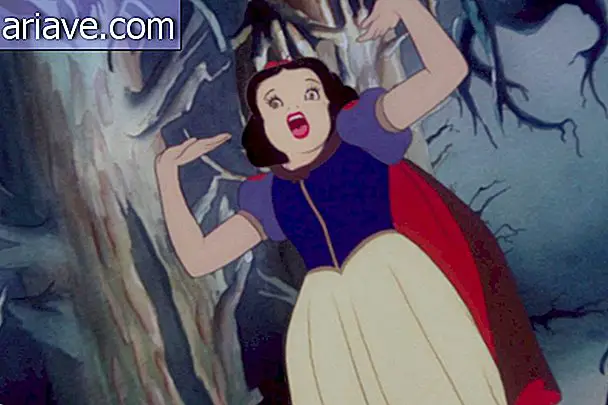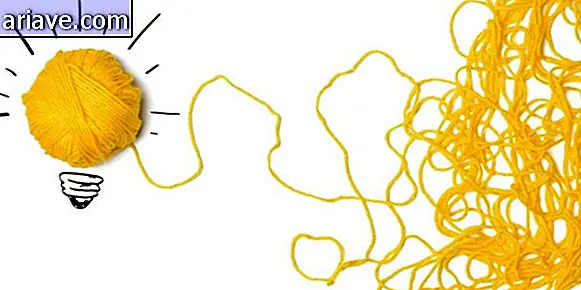Scientists debate whether cats really are domesticated animals
According to genetic evidence, scientists believe dogs were one of the first animals to be domesticated by humans. This occurred about thousands of years ago - somewhere between 18, 800 and 32, 100 years - when dogs separated from their ancestors, the wolves, and gradually began to live with humans, creating a relationship with us. symbiotic dependence to survive.
However, cats only began to "purr" to our side much later - between 9, 500 and 4, 000 years - and, according to Alicia Ault of Smithsonian.com, some researchers even wonder if the pussies really are domesticated. That's because, unlike domestic dogs ( Canis familiaris ), cats ( Felis catus ) can live quietly without our interference, thank you very much!
Semidomesticados

Basically, domestication is the process by which a species develops - or acquires - certain physiological, morphological, and behavioral characteristics due to prolonged interaction with humans, and these traits are passed down from generation to generation.
However, as Alicia explained, there are few differences that separate domestic cats from their close relatives, wild cats, and there is debate among scientists as to whether the pussies we have at home should not be. classified as “semi-gestured”.
Evidence

Some of the main evidence of coexistence between cats and humans is the ancient Egyptian paintings - around 4, 000 years old - depicting these animals with their “owners”, as well as the existence of numerous mummies, statues and sacred objects related to these animals. In addition, the discovery of a 9, 000-year-old grave in Cyprus containing a human accompanied by a cat points to probable contact.
Already with regard to the earliest evidence of the relationship between men and cats as possible "colleagues" dates from about 5, 300 years ago. Analysis of rodent, human and feline fossils discovered in China found that all three fed on grain - with cats nibbling mice if given the chance.

However, humans also used to store the beans in ceramic containers, indicating that they probably tried to prevent rodents from attacking food. So archaeologists speculate that it is likely that the ancient Chinese began to encourage cats to stay around to hunt mice - and the very smart-assed pussies may have seen some advantage in this.
The point, as some researchers point out, is that on the basis of the above we have to determine whether the relative domestication of cats is the result of human intervention or of their own interest.
Genetics

To try to determine when cats began to tolerate people's companionship, researchers from various institutions mapped the genome of a domestic cat - of the Abyssinian breed - and compared it with the wildcat genome, with that of a tiger, a female cat. cow, a dog and a human.
The analysis confirmed that, as scientists already knew, the genome of the felis catus and the wild felis is very similar. However, compared to tigers' genetic material, domestic cats have some behavioral differences that make them more likely to approach and interact with humans, as well as to seek rewards.

Interestingly, the same gene sequences are beginning to emerge in animals such as rabbits and horses, as well as in other domesticated animals. And, scientists believe, this is not due to evolution, but to the effects of interaction with humans.
In the case of dogs, for example, since their domestication, humans have been selecting certain qualities - such as protection, grazing ability etc. - in animals that, after generations and generations, gave birth to the approximately 400 races we know today. However, our interference was dramatically lower in cats, which is reflected in the reduced number of breeds (between 38 and 45).
According to scientists, most human intervention in the development of cat breeds has been limited almost exclusively to coatings of particular colors or specific patterns. The result was that the pussies retained some of their hunting skills, which makes them less dependent on us for food - unlike dogs that, thanks to our meddling, can hardly survive on their own in the wild.











